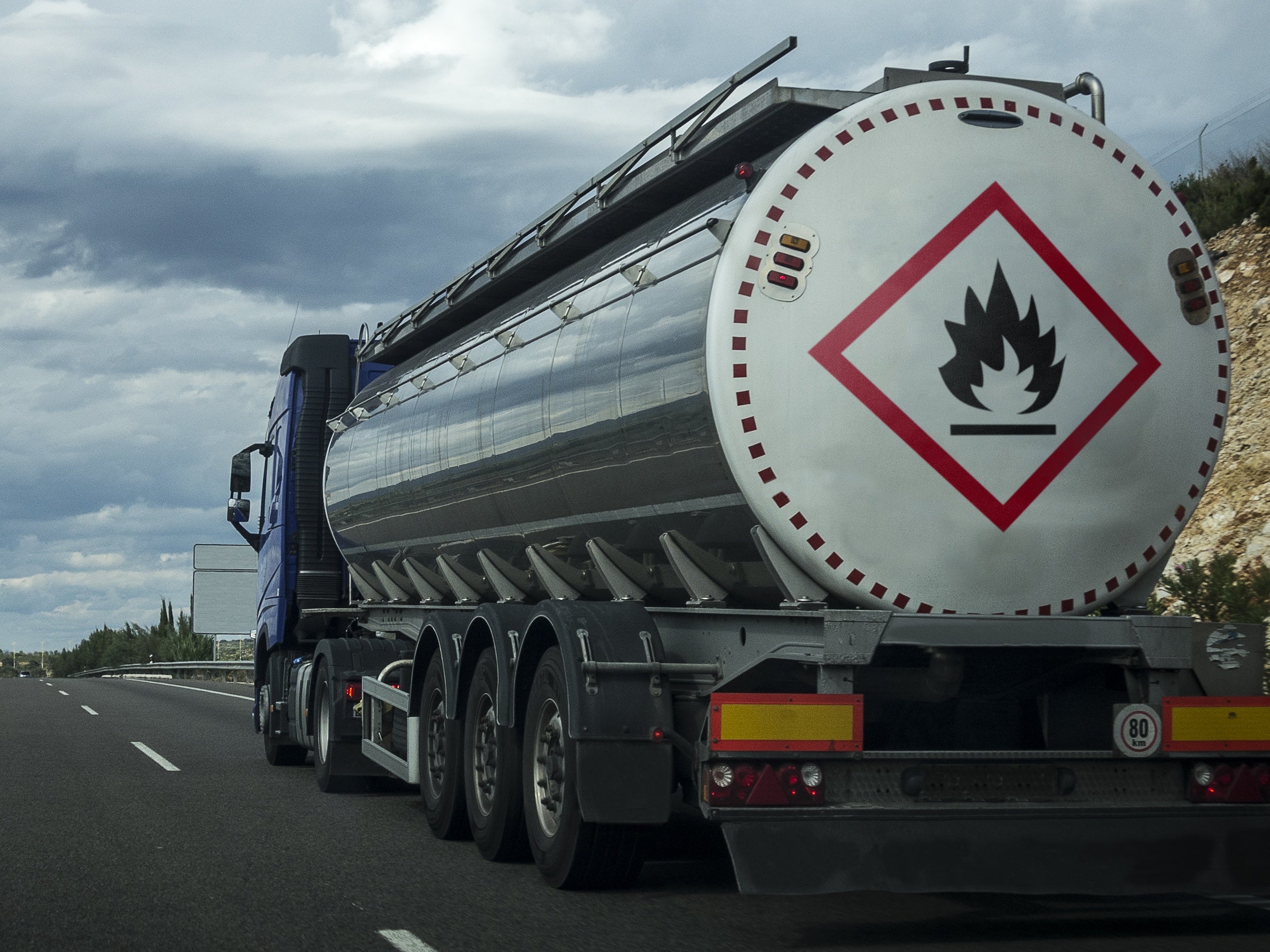25 March 2020
5 min read
#Transport, Shipping & Logistics
Published by:

The transport of dangerous goods is regulated by a scheme that aligns with the safety concerns of the HVNL. At a national level, the standards applying to the safe transport of dangerous goods are set out in Australian Code for the Transport of Dangerous Goods by Road and Rail (ADG Code). The National Transport Commission has subsequently developed model legislation for State and Territory level adoption of the code.
What are dangerous goods?
There is no fixed definition of dangerous goods, instead they are goods or substances declared or identified as such for the purposes of the applicable dangerous goods legislation. Dangerous goods are subsequently categorised under the ADG Code by reference to the hazard or most predominant hazard they present and their substance, which includes:
Is the transport of dangerous goods a CoR issue?
The HVNL sets out principles of shared responsibility along the supply chain expressly and clearly. State legislation concerning the transport of dangerous goods is relatively less sophisticated but it still hits the mark for singling out parties along the transport supply chain and giving each general and specific duties concerning the safe transportation of dangerous goods.
For example, in New South Wales, section 9(1) Dangerous Goods (Road and Rail Transport) Act 2008 (NSW) makes it an offence for a person involved in the transport of dangerous goods by road or rail to fail to ensure that they are transported in a safe manner. This is unless the accused can show that it was not reasonably practicable for the person to transport the goods in safe manner or if the offence occurred due to causes outside the accused’s control and it was impracticable for the accused to make provision against the offence occurring. A person involved in the transport of dangerous goods could include various parties in the supply chain including the driver, operator, freight forwarder, packer, loader, or consignor.
Part 3 of the Dangerous Goods (Road and Rail Transport) Regulation 2014 imposes specific obligations on consignors, packers, loaders, prime contractors and drivers in relation to dangerous goods or substances of commercial importance. Provisions of part 3 respectively require these parties not to engage in transporting, driving, packing or loading dangerous goods (as they apply) if the relevant party knows or ought reasonably to know that the transport of the goods would not comply with the applicable special provision of the ADG Code.
The way these obligations on parties along the transport supply chain often play out in enforcement actions is by way of ‘bulk’ charges against numerous defendants for the same or similar offence arising from the same safety incident. For example:
How does dangerous goods legislation sit with the HVNL?
The HVNL deals with the general and the dangerous goods legislation deals with the particular. The HVNL regulates transport activities involving heavy vehicles generally. It has a broader regulatory focus, targeting mass, dimension, load restraint, speed, fatigue and road worthiness aspects of safety.
The dangerous goods legislation is limited to specialised transport requirements for dangerous goods. It targets, among other things, the classification, packing and performance testing, segregation and storage and transfer of dangerous goods. It also deals with the carriage of dangerous goods (such as bulk containers), vehicle requirements, special markings and placarding, documentation, safety equipment and emergency equipment for the transport of dangerous goods.
CoR parties transporting dangerous goods using heavy vehicles must comply with the HVNL as well as applicable dangerous goods legislation. For example, a CoR party would need to comply with the HVNL, Dangerous Goods (Road and Rail Transport) Act and Part 6.1 of the Road Transport Act 2013 (NSW).
To the extent that there may be subject matter overlap relating to restraining dangerous goods, the Load Restraint Guide harmonises CoR party obligations by referring them to restraint requirements under the ADG Code.
Author: Nathan Cecil
* This article was originally published in CoR Adviser. The article is © 2020 Portner Press Pty Ltd and has been reproduced with permission of Portner Press.
Disclaimer
The information in this publication is of a general nature and is not intended to address the circumstances of any particular individual or entity. Although we endeavour to provide accurate and timely information, we do not guarantee that the information in this newsletter is accurate at the date it is received or that it will continue to be accurate in the future.
Published by: